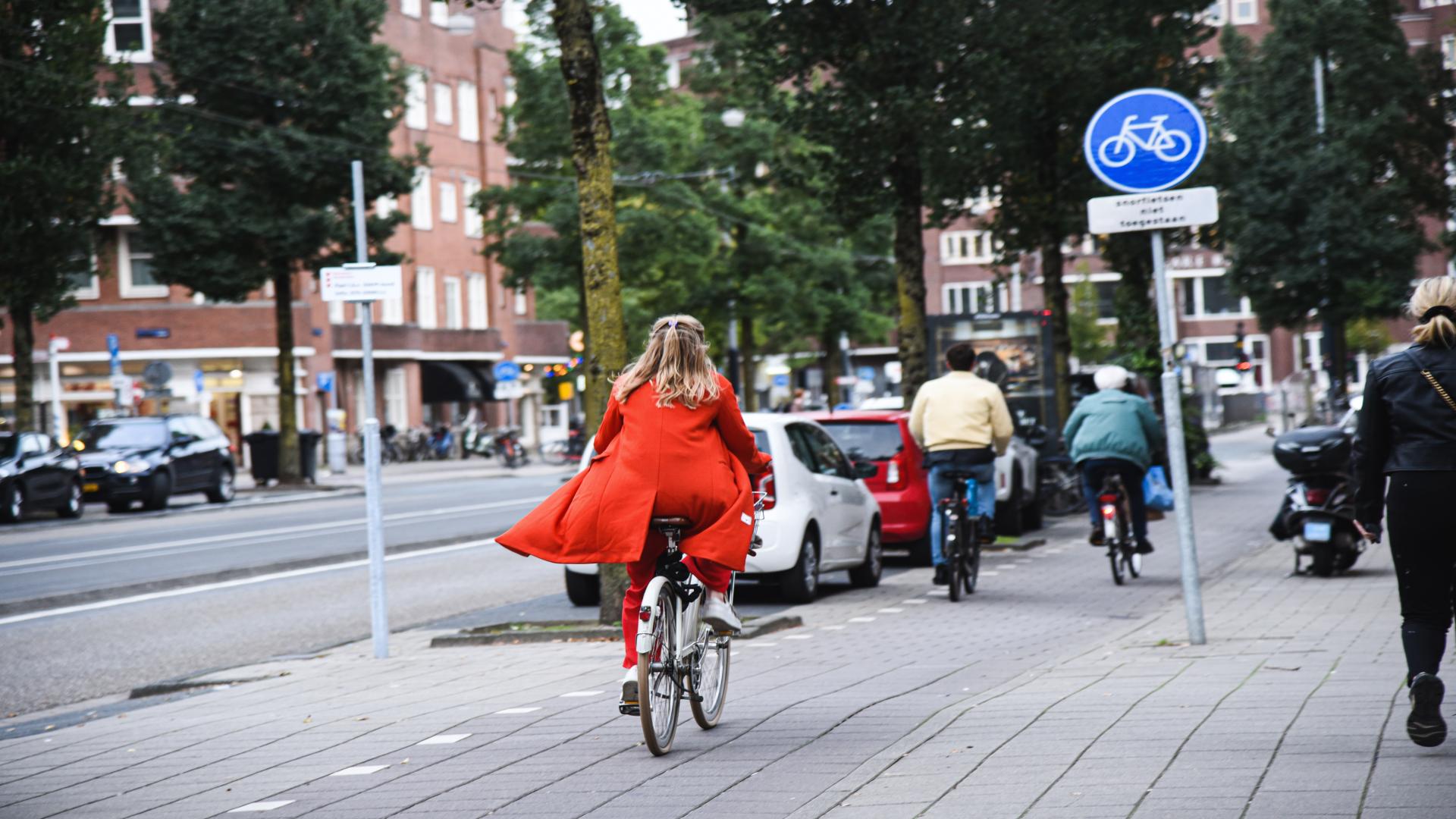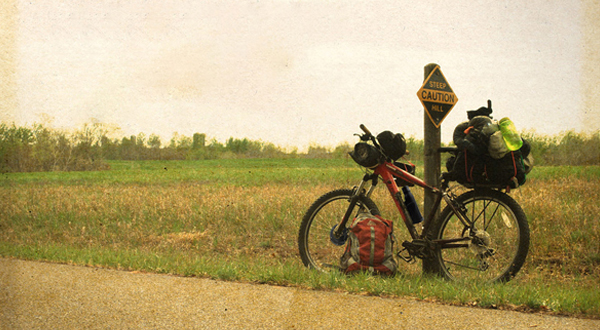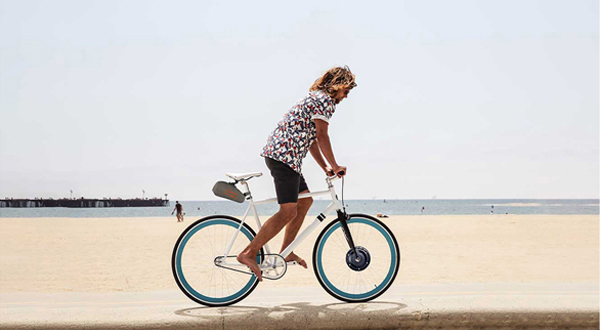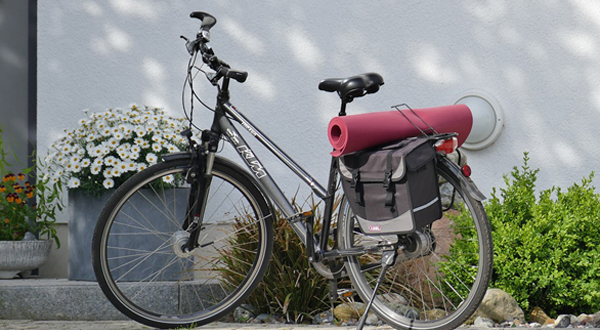How to read motor parameters when convert bike to electric!
Electric power-assisted bicycles are not a new technology. The development of electric power-assisted bicycles can be traced back to the 1950s. However, at that time, due to technological limitations, these vehicles had short battery life and limited range, which could not meet the needs of consumers. With the continuous advancement of technology and the deepening of green travel concepts, the various technologies of electric power-assisted bicycles have been greatly improved. More and more people convert bike to electric as a means of transportation. In addition to purchasing complete electric power-assisted bicycles, many cycling enthusiasts also like to select bike conversion kit for DIY modifications, experiencing the fun of hands-on projects. The electric power-assist system consists of three main components: the motor, the battery, and the controller.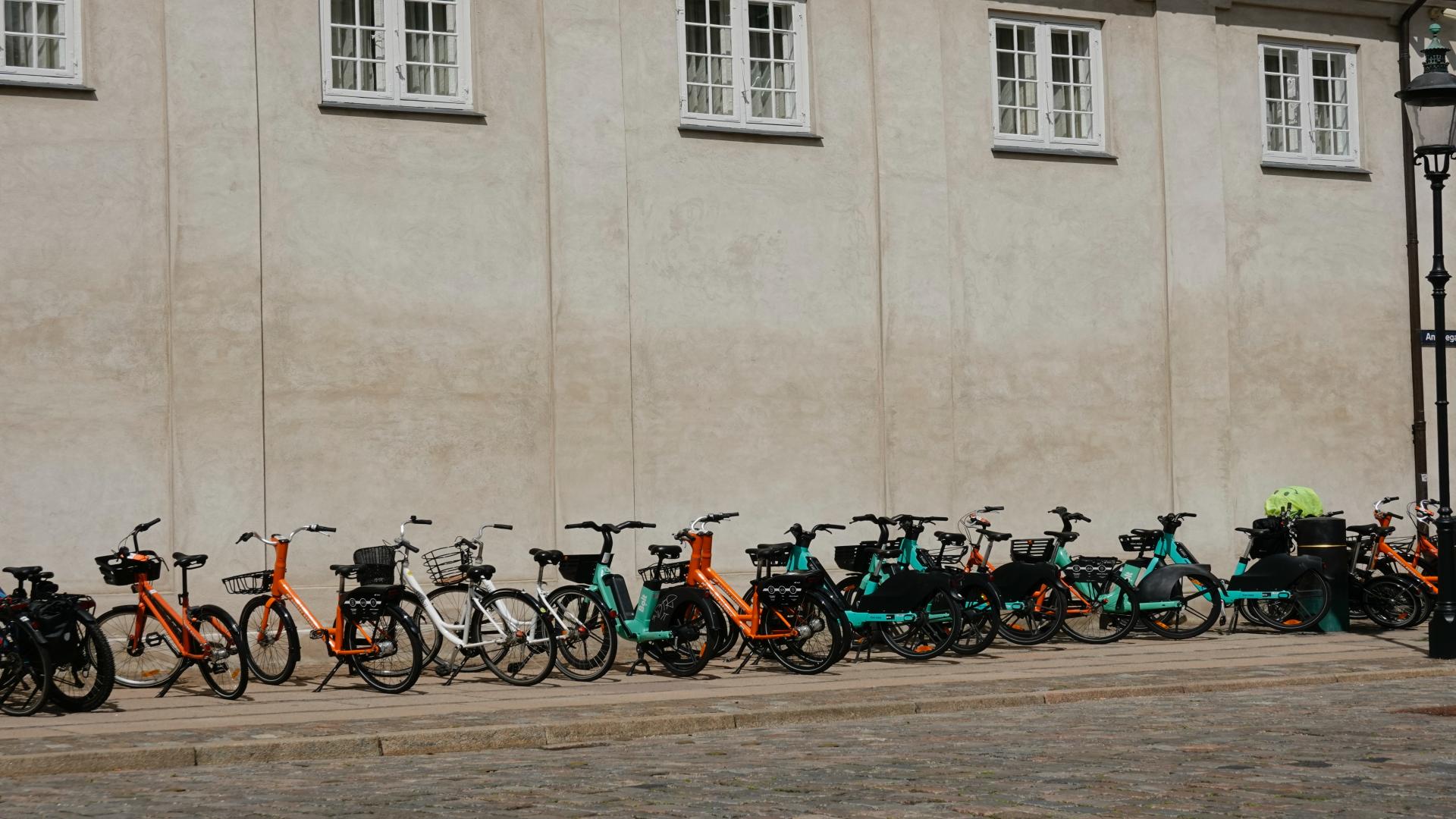
Firstly, let's talk about several important parameters of the bike kit motor: power, torque, voltage, speed, and efficiency. Power represents the amount of power generated by the motor in a unit of time, which means how much force the motor can provide to assist the user in cycling. Generally, the higher the power, the greater the assistance provided, but it will also increase the burden on the battery and affect the battery's range. Common motor power types include 250W, 500W, 750W, and 1000W. Different countries and regions have different regulatory requirements for the rated power of electric power-assisted bicycles. In China, the power must not exceed 400W. Another parameter to consider is torque, which is the rotational force generated by the bicycle assist motor during operation. The larger the torque, the greater the power provided by the motor, making cycling easier. The torque range of electric power-assisted bicycles is generally between 30Nm and 85Nm.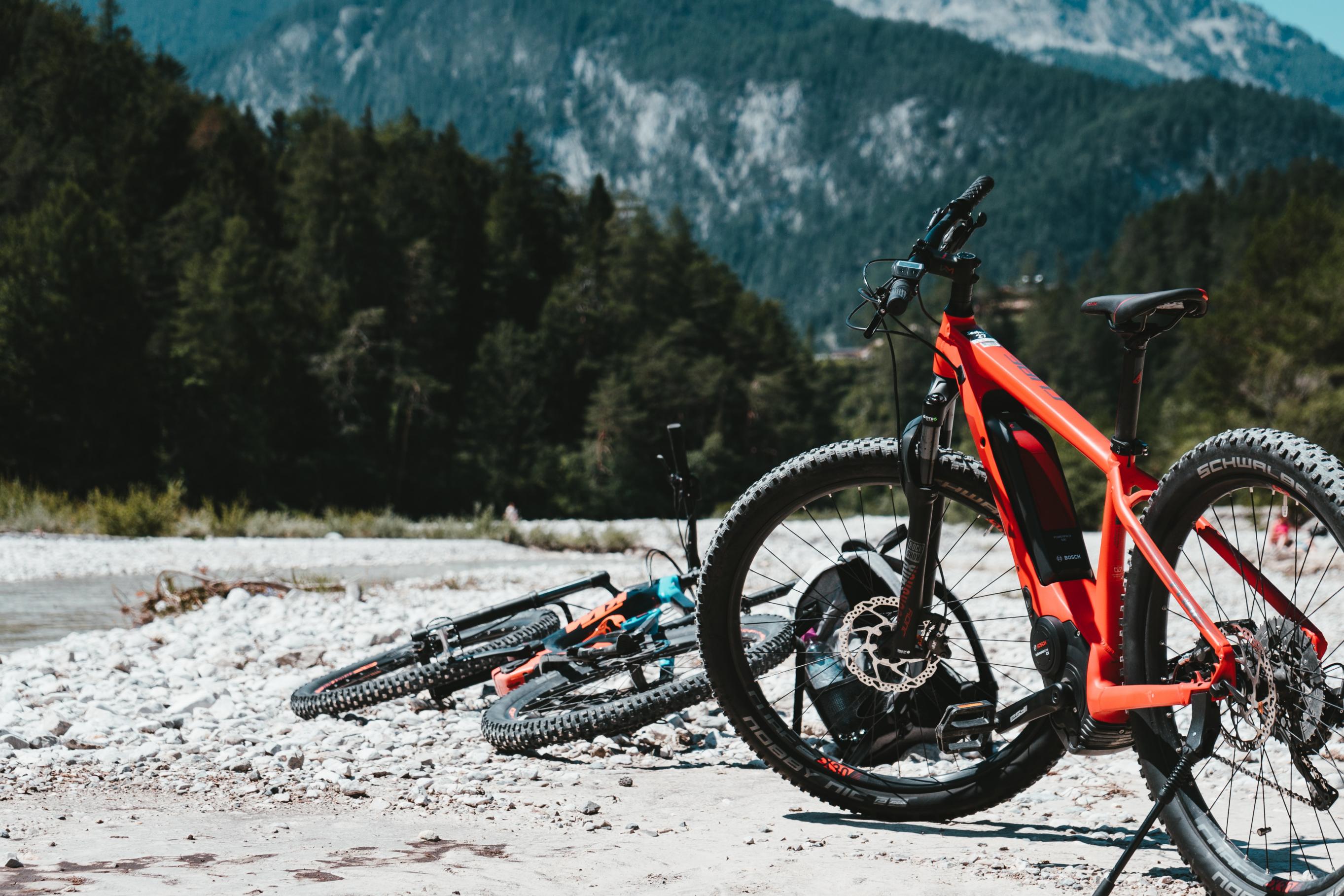
Next, let's talk about the voltage and current required for the push bike electric motor to operate normally. The higher the voltage, the greater the power output of the motor, but it will also increase the burden on the battery and affect the battery's range. Generally, the voltage should be between 36V and 48V. At the same time, the speed of motor rotation, known as the speed, is also important. The higher the speed, the greater the power output of the electric bike wheel motor, but a higher speed is not always better. The optimal speed range is usually between 200 RPM and 300 RPM.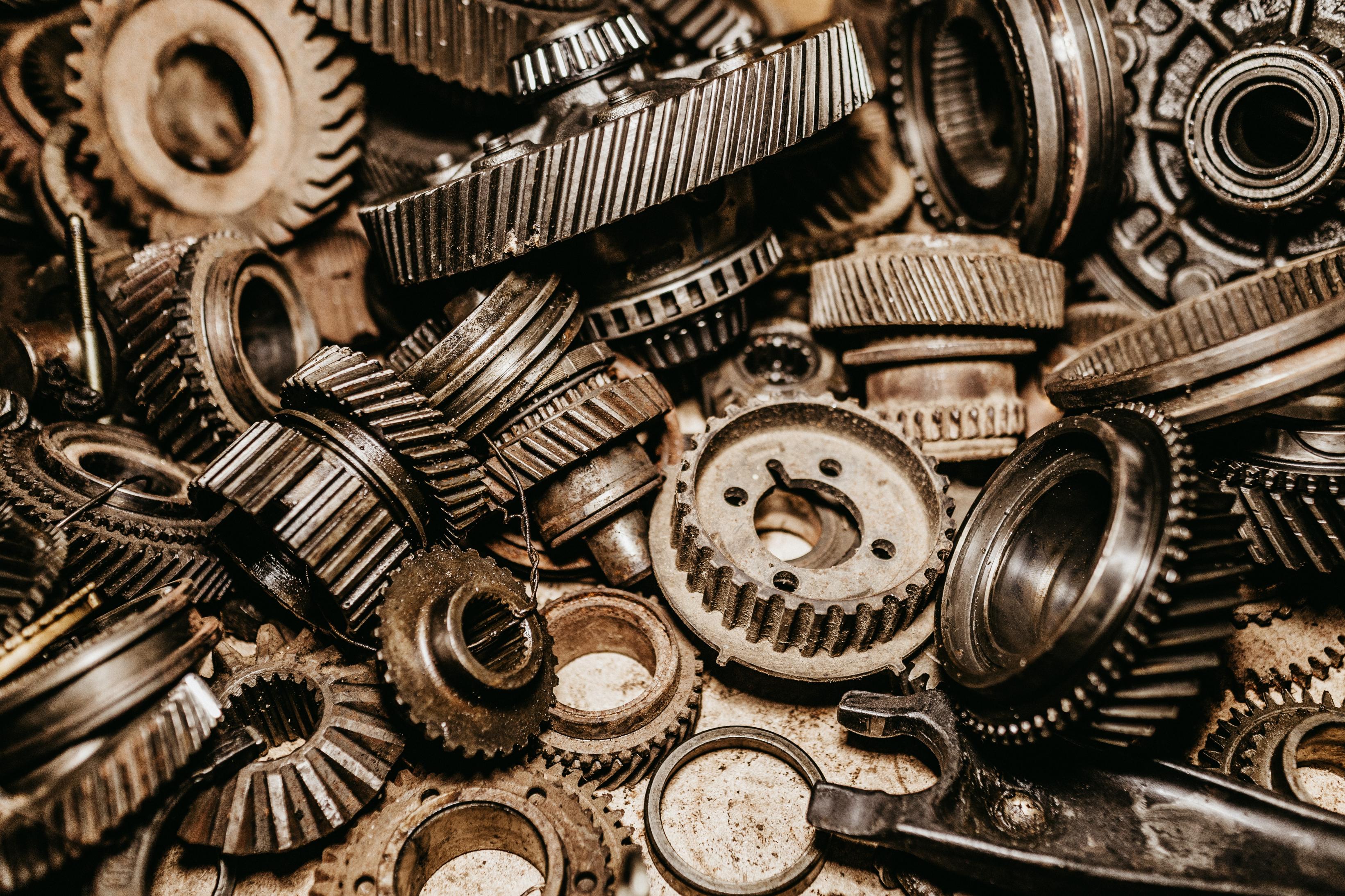
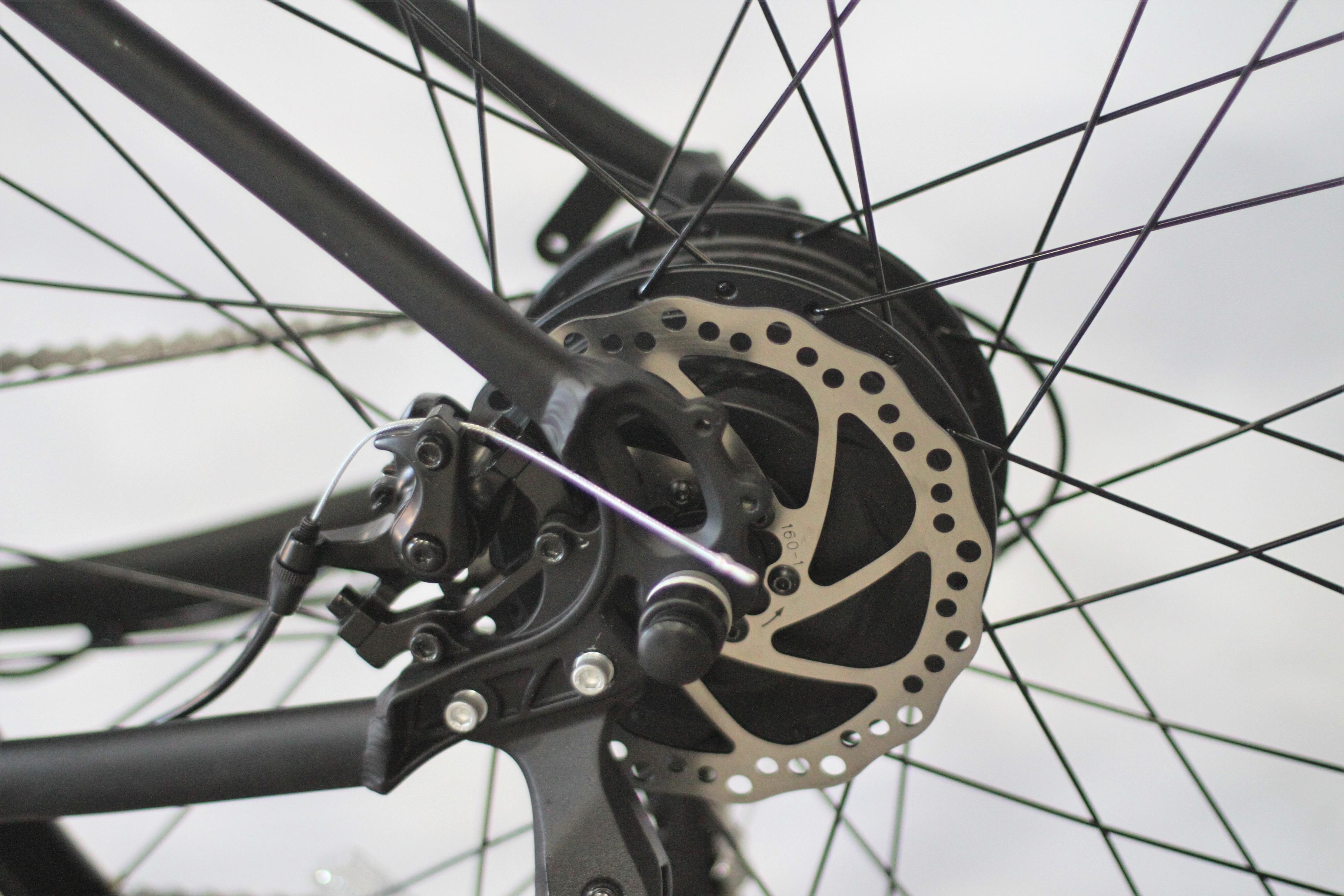
Finally, let's discuss motor efficiency, which refers to how much electrical energy the motor consumes and converts into actual cycling assistance, as well as how much energy is wasted. The bike wheel motor efficiency of electric power-assisted bicycles is influenced by multiple factors, including motor speed, torque, energy losses, and resistance, among others. Under normal usage, the motor efficiency of electric power-assisted bicycles is usually between 70% and 90%. A high-efficiency electric power-assisted bicycle hub motor should have high energy utilization and minimal energy loss, providing reliable and long-lasting assistance during cycling.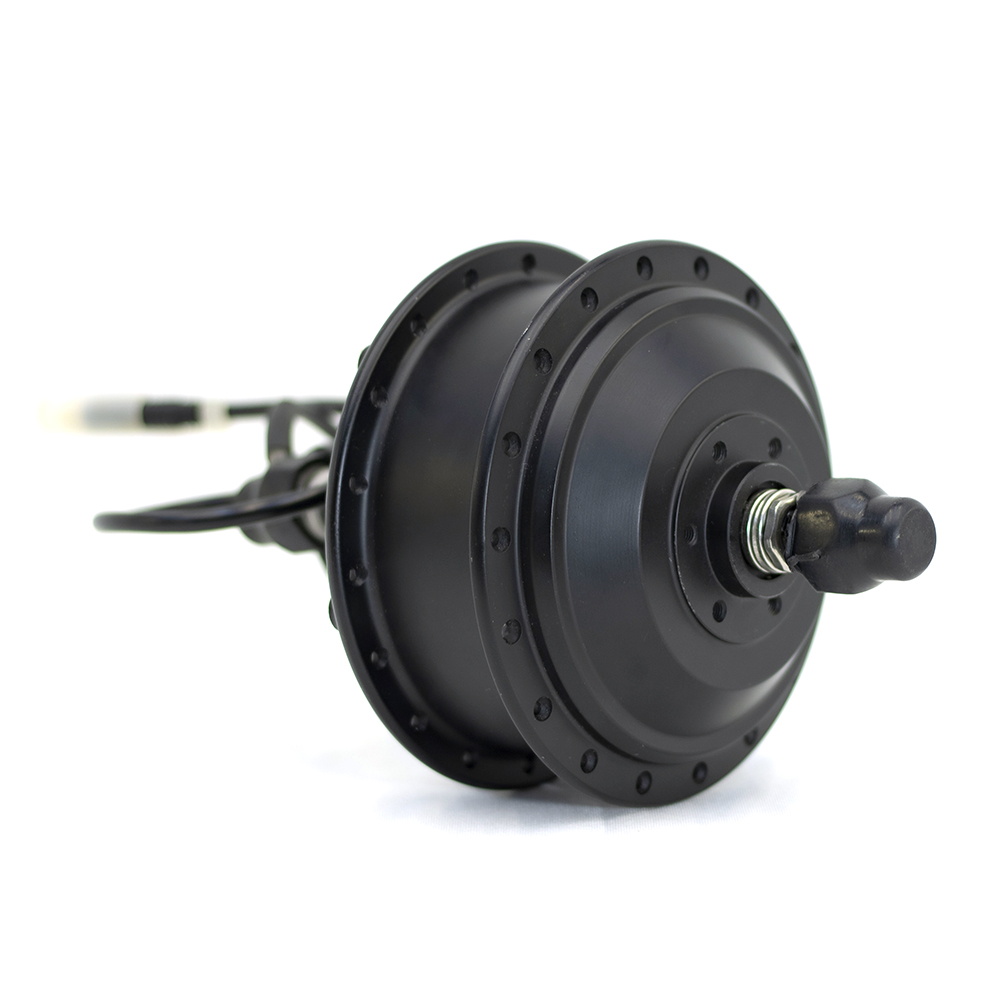
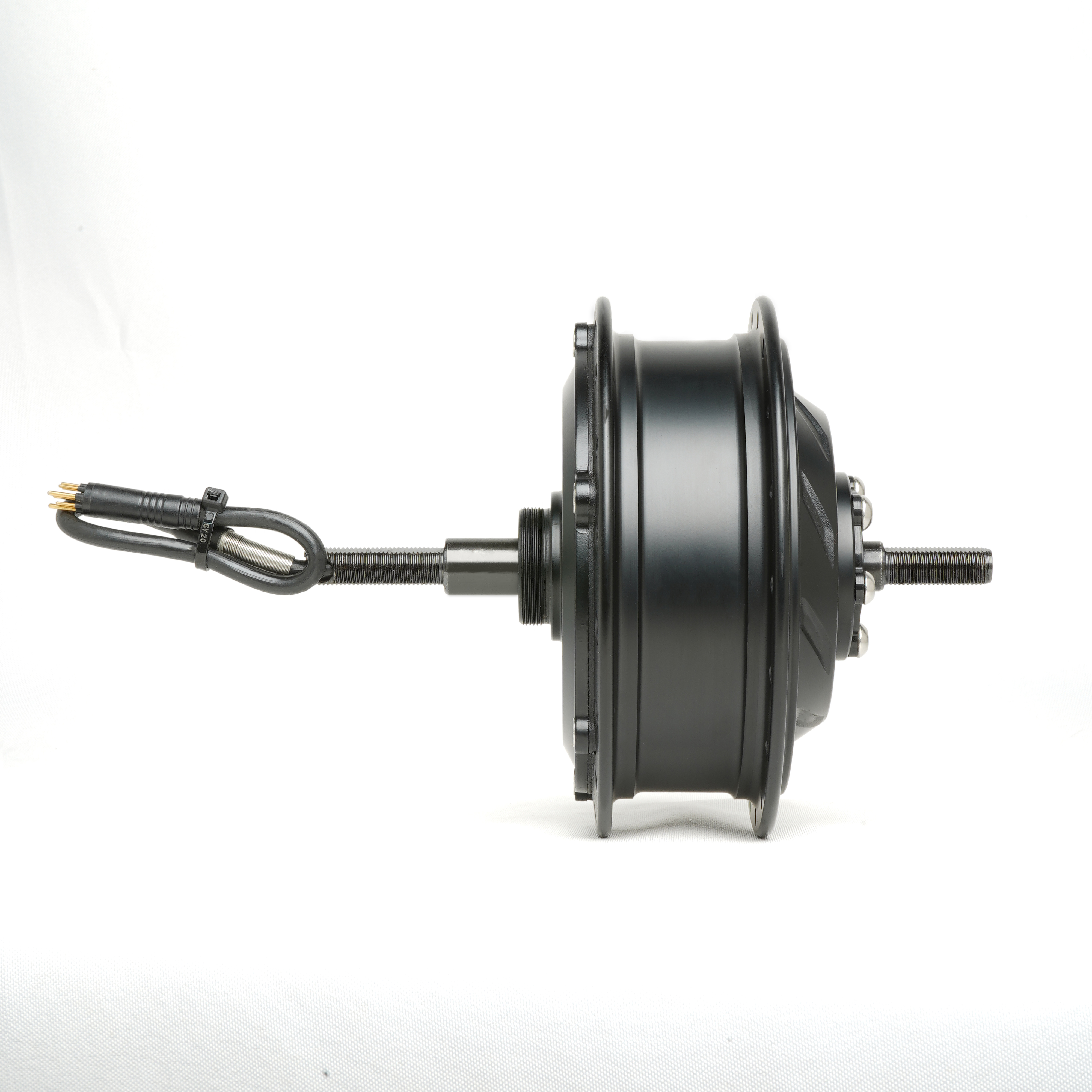
Now, let's take LVBU's motor as an example. This ebike wheel motor is a front-mounted external rotor motor with power options of 250W and 350W, torque of 35Nm and 45Nm, and a rated voltage of 36V. The motor's unloaded speed ranges from 280 to 300 RPM, and its efficiency can reach 80%. These parameters can be considered within the reference values for high-quality motors.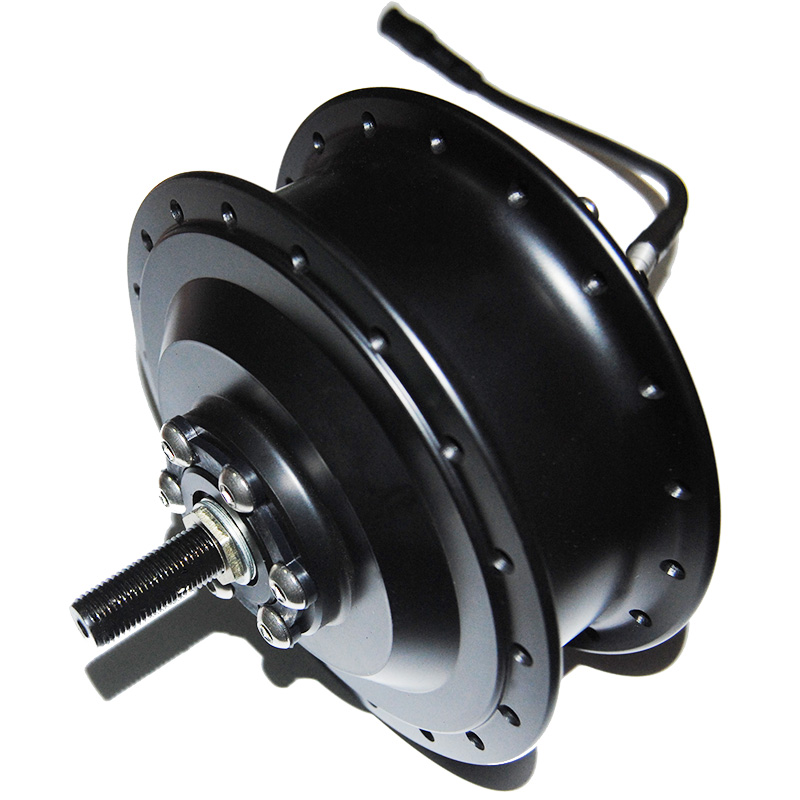
Taking a closer look at the motor structure of LVBU, the housing is made of high-quality aluminum alloy, which has good corrosion resistance and heat dissipation. The motor shaft is made of 45 carbon structural steel, providing high strength, hardness, and excellent mechanical and wear resistance properties. It uses high-magnetic neodymium iron boron rare earth permanent magnet magnetic steel, which has a stable magnetic field, high energy density, high-temperature resistance, and a lifespan of up to 10 years. The motor also incorporates pure copper enameled wire internally, which has good thermal conductivity, strong ductility, and corrosion resistance. Additionally, the motor is mechanically wound automatically, resulting in a more even and neat winding compared to manual winding. Low-carbon silicon iron soft magnetic alloy silicon steel sheets are also added, reducing hysteresis losses while simultaneously improving resistivity and magnetic permeability. The overall structure consists of a planetary gear and a clutch, which allows for high load capacity and a large transmission ratio, effectively controlling the movement and stopping of the transmission gear group. This enables smooth transmission of electric motor for bike conversion, resulting in a smoother and more efficient assistance process.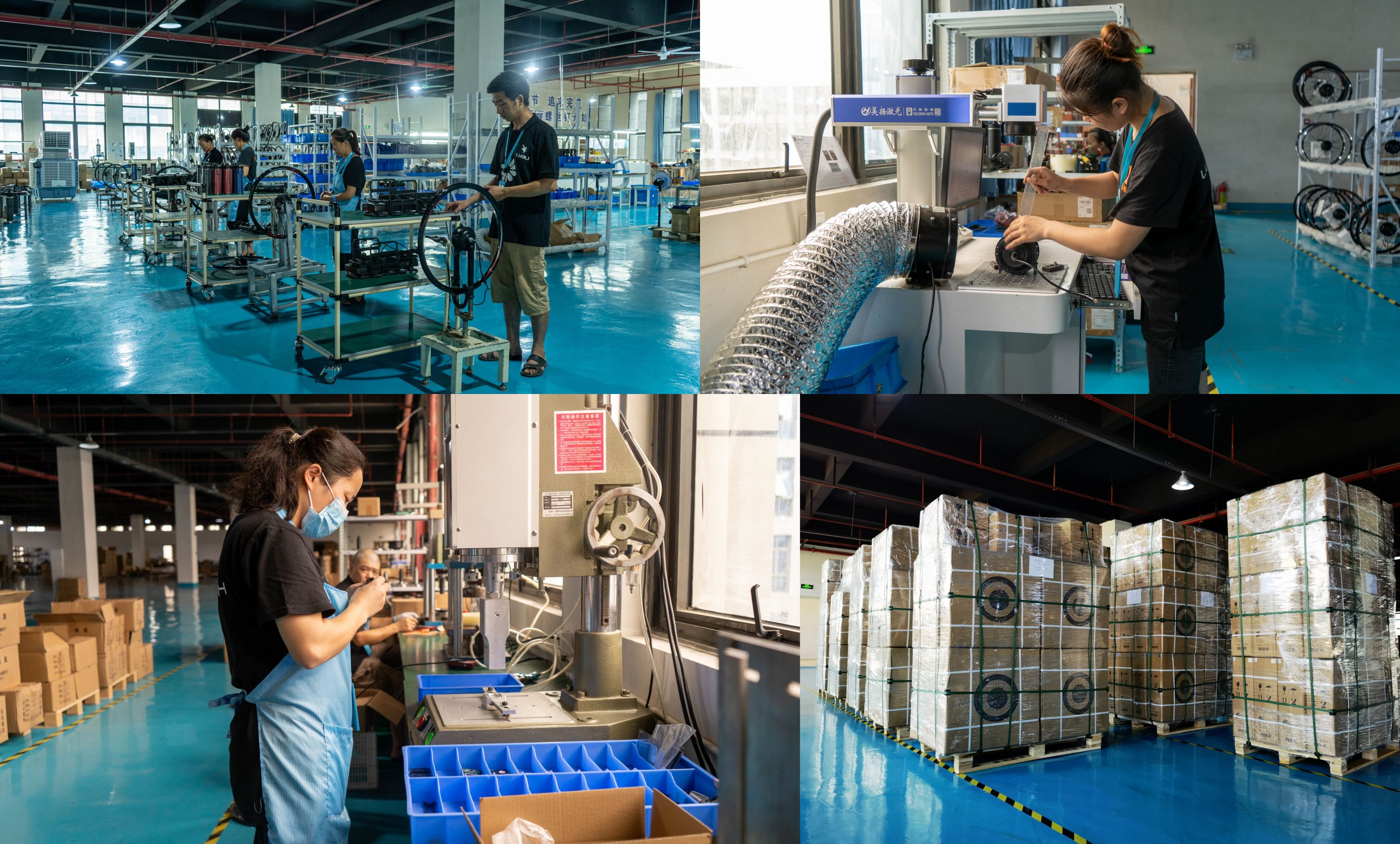
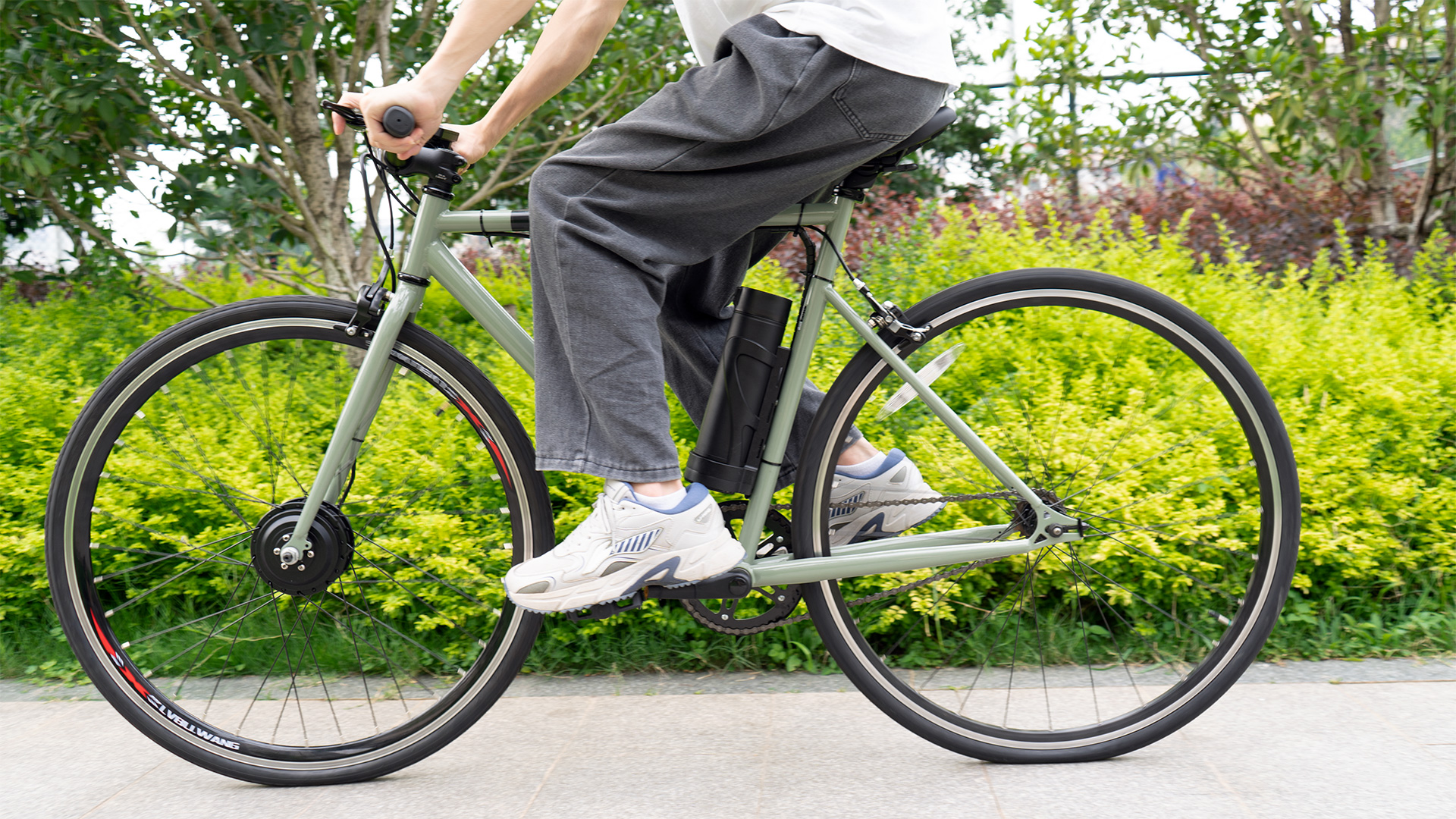
Based on the above introduction, I believe you now have a certain understanding of the motor parameters in an electric cycle motor kit. The motor is the core component of an electric power-assisted bicycle. LVBU's motor adopts high-quality materials and manufacturing processes, resulting in high overall operational efficiency and excellent performance. If you are considering modifying an electric power-assisted bicycle, you may want to try LVBU's motor.
- quora https://qr.ae/pKXgT7
- slideshare https://www.slideshare.net/maxsun17/how-to-read-motor-parameters-when-convert-bike-to-electric
- medium https://medium.com/@maxsun_56088/how-to-read-motor-parameters-when-convert-bike-to-electric-fd3046e98a11
- Reddit https://www.reddit.com/user/lvbu_tech/comments/16mftsi/how_to_read_motor_parameters_when_convert_bike_to/?utm_source=share&utm_medium=web2x&context=3
- linkedin https://www.linkedin.com/posts/electricbikekit-lvbuutech_whatsapp-email-whatsapp-activity-7109734981479858176-ceyE?utm_source=share&utm_medium=member_desktop
